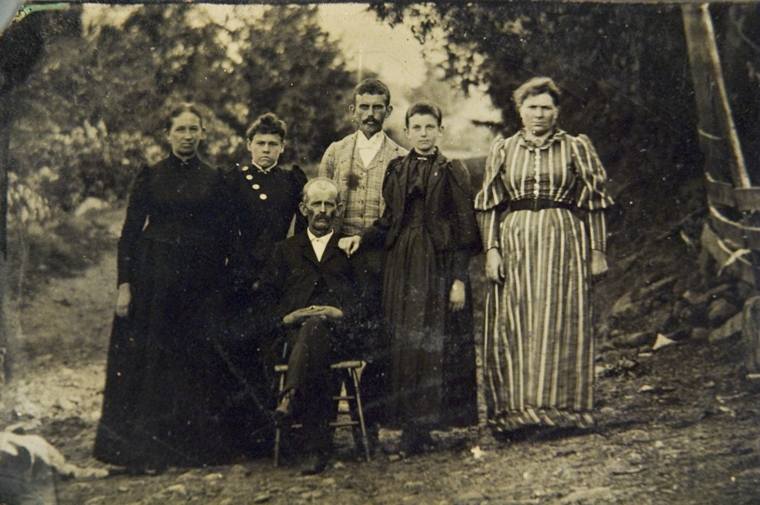not bisquick run

In 1870, Barnabas Brennan bought land in the Woolen Mills neighborhood from Thomas Farish (DB 65 Page 532). He bought a good sized piece, approximately seven tenths of a mile of frontage along Woolen Mills Road stretching back to the railroad tracks.
In 1884 Brennan turned over his land to creditors. In 1886 the creditors had portions of that land known as "The Farm" subdivided into lots (DB 86 PG 111), these lots were gradually built on by residents of the expanding Mill Village.
Lot #1, of the subdivision, was 2 acres, the Graves' house. Warren S. Graves, was working for the Woolen Mill by 1880. In 1930, at the age of 71, Graves was the carding foreman. For years following his death, this house was occupied by Miss Nora Graves and Claude Graves, brother and sister. Miss Nora was an attendee of the Woolen Mills Chapel, taught Sunday School, Claude worked at a hardware business in town.
The rear portion of the Graves lot has been acquired by developers. The developers hope to up-zone the land to a PUD (planned unit development) and place seven houses on eight tenths of an acre. The developer say that less density (four units) "feels awkward". The developers are three young men.
Open space in the Woolen Mills neighborhood is the fabric of history. The Woolen Mills residents were largely factory workers during reconstruction. They were not wealthy landowners. They were in large measure yeoman farmers trying to stay on their feet in a rapidly evolving industrial world. In this new neighborhood they preserved networks of kinship and traces of their agrarian past.
It is important to remember where we come from. This is done by preservation of documents, preservation of the built environment and preservation of landscape.
The City has programs to help neighborhoods retain their historic fabric. I pray the programs are not too little, too late for this old neighborhood.
Related posts:
Conservation easements
Monticello Viewshed
Road to Damascus moment
Patch the fabric
Amiss house saved
Sand Island
Pireus Dawn
Hanging by a thread
99 years
Payday
Infill
Origin of the name
Screw Eden
Ecclesiasticus
The Fabric of History, a Walk in the Mill Village (pdf)
Labels: Woolen Mills Village

0 Comments:
Post a Comment
<< Home